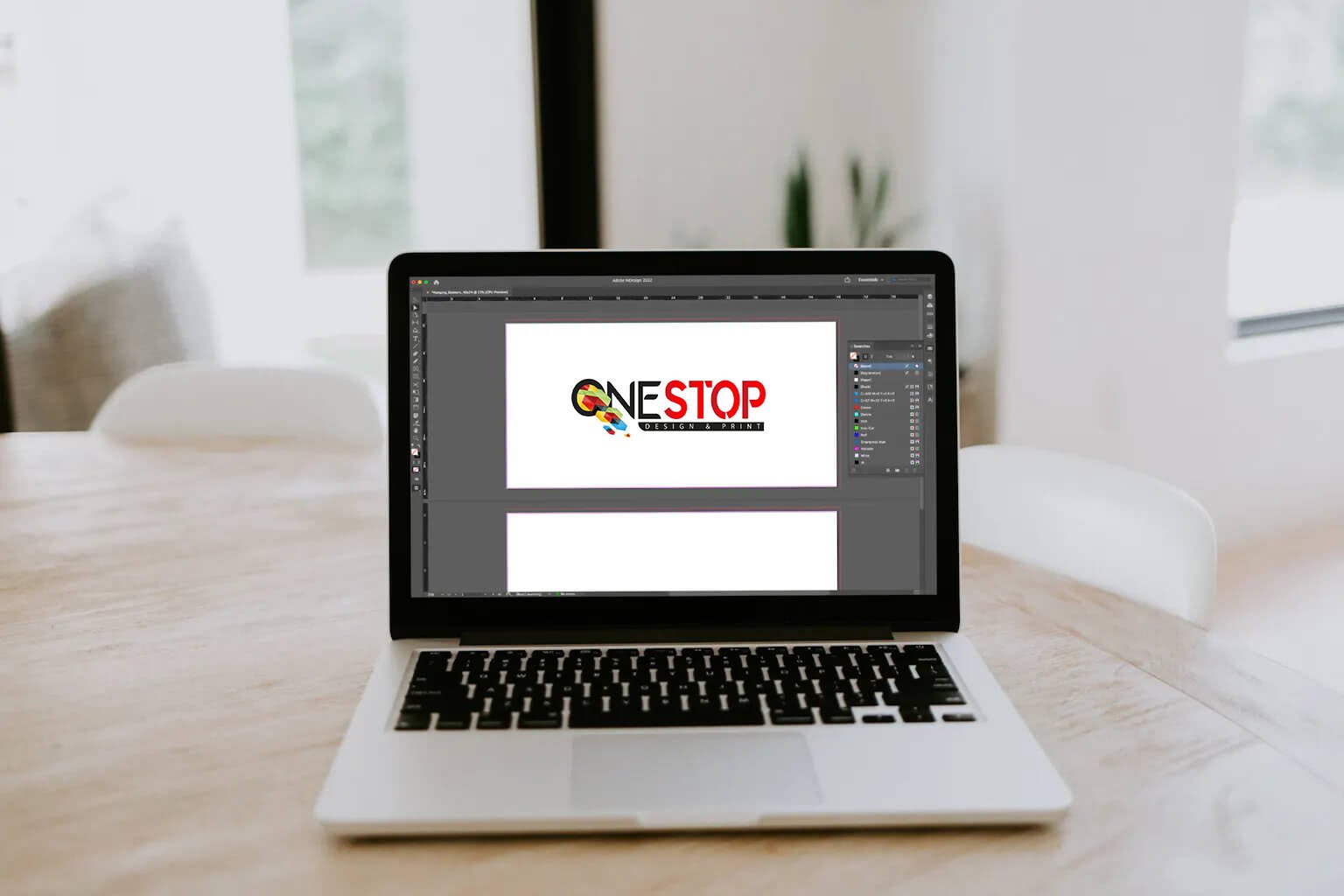Coated Paper Stocks vs. Uncoated Paper Stocks
3 MIN READ | LEVEL: BASIC
Popular Search Terms:
Support › Stock & Substrates › Coated Paper Stocks vs. Uncoated Paper Stocks

No matter what marketing collateral or personal projects you’re designing, the right paper stock is a small detail that can leave a big impression. With Onestopdp’ wide array of premium coated paper stocks and uncoated paper stocks, you may be wondering which is the best brochure paper, the best business card paper or if booklet paper really affects your bottom line.
Take a look at the difference between coated and uncoated paper before creating and preparing your project for online printing.
Indigo Treated – Coated Paper Stocks
With coated paper, the first thing you’ll notice is the shine, whether it’s high and glossy or subtle and matte. Perfect for creating a polished, professional look, coated stocks are produced with coated surfaces that fill in the tiny spaces between the paper’s fibers. The result? A smooth, flat surface to print your project.
Bottom line: If your goal is a project that looks modern with imagery that really pops and catches clients and potential customers’ eyes, we recommend a coated stock.
Features
- Absorbs less ink than uncoated papers, resulting in sharper, more vivid images that wow
- More calendared (the process of smoothing and compressing paper during production) than uncoated stocks, so you get a high-quality surface, stiffness, bulk and opacity
- Durable and resistant to moisture, dirt and tears
Applications
- Can have a gloss, semi-gloss or matte finish
- Ideal for projects with photography or illustrations where you want vibrant
- color
- Popular choice for:
- Custom booklets
- Magazines
- Annual reports
- Custom menus
- Rack Cards
- Postcards
To avoid or decrease the chances of color discrepancies on your project, consider these design tips:
- Coated stocks can be difficult to write on, so if you need to jot down messages, phone numbers, etc., choose a stock that’s coated on just one side (like our Coated Semigloss 1 Side stock).
- If your project will be in bright or reflective areas, beware of the glare some coated stocks can produce.
Indigo Treated – Uncoated Paper Stocks
Compared to coated stocks, uncoated stocks are generally rougher and more porous. Since they don’t have a coating to seal the spaces between the paper’s fibers, they’re more absorbent than coated stocks and are a great choice for businesses big and small.
Bottom line: If your goal is a project that looks subtle and understated and can be written on, we recommend choosing an uncoated stock from your online printer.
Features
- Absorbs more ink than coated stocks, resulting in softer, less defined imagery
- Depending on the amount of ink, can take longer to dry when printing is complete
- Easy to write on with pens, pencils and markers
Applications
- Great for print projects that have a natural or vintage look and finish
- Consider uncoated stocks when you want your audience to focus on content and copy and not be distracted by design
- Can be used for full-color projects but color tends to be less vibrant
- Popular choice for:
- Letterheads
- Stationery
- Invitations
- Brochures
- Business Envelopes
- Bookmarks
- RSVP Cards
Coated Stocks vs. UV Coating
Remember, coated stocks are not the same as paper stocks with UV coating and finishes like Soft Touch laminate. Coated stocks are produced with coated surfaces, whereas finishes like UV coating and Soft Touch laminate are applied after printing and offered on many products through Onestopdp’ online printing services.
For example, our Coated Matte stock has a coated surface with a semi-sheen finish. Our Uncoated Smooth stock, however, is an uncoated stock with a matte look. Its smooth, uniform surface may appear to be coated but it is not.

Order a FREE Paper Sample Book to see and feel our stock options.
